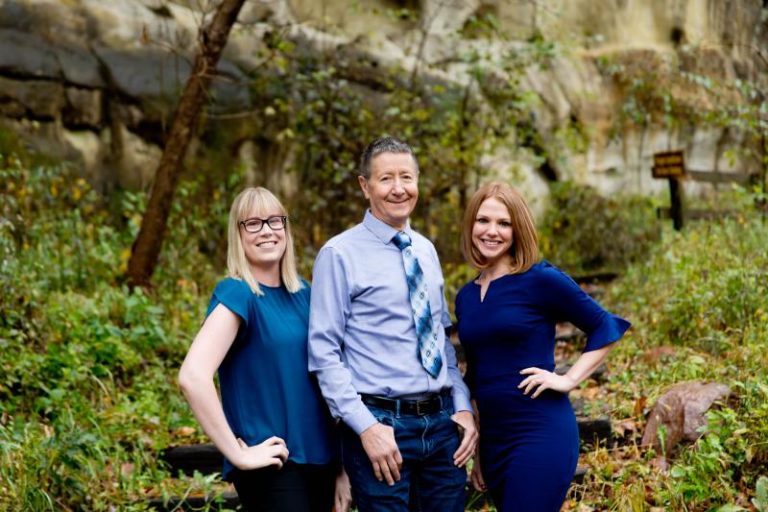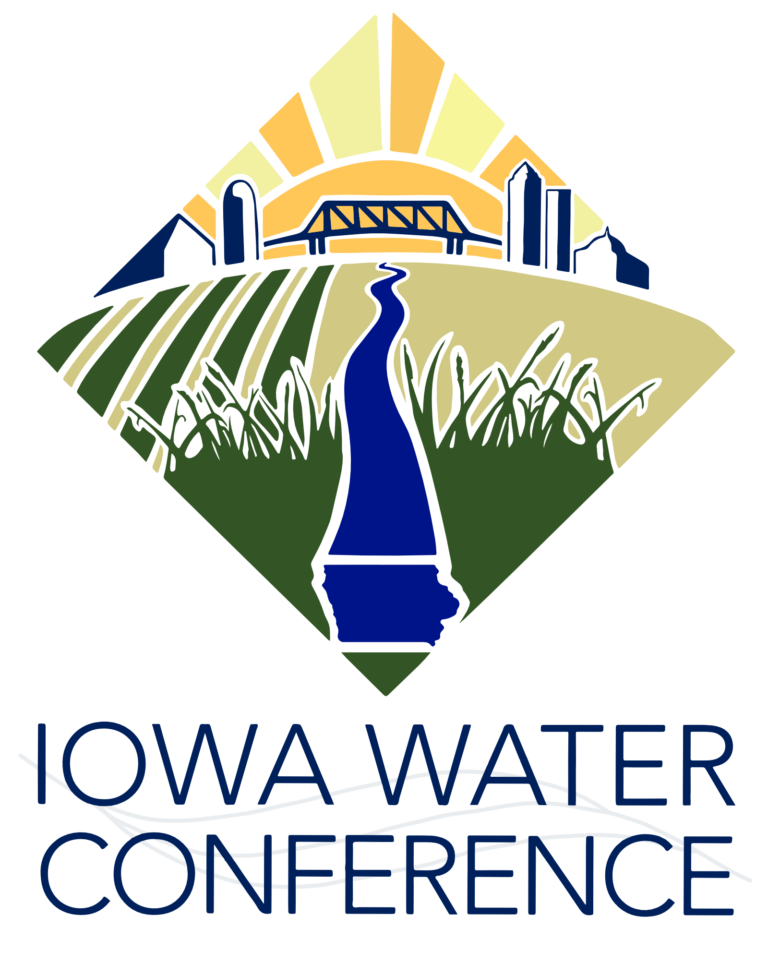From Iowa Learning Farms
I spent this summer traveling to field days around Iowa as well as driving back from our American Society of Agricultural and Biological Engineers (ASABE) annual meeting in Detroit, Michigan. One of my purposes in attending the ASABE meeting was to accept for the team the Blue Ribbon Award in the Educational Aids Competition for our revised version of the Water Rocks! Rock Your Watershed! online game (read more about it in our previous post Water Rocks! Brings Home a Blue Ribbon). Part of our revisions included adding more diversity to the land management choices that players can make and clearly showing the environmental benefits of diversifying our watersheds. Driving around the Midwest and Iowa really brought home to me how important this is and how far we need to go to still achieve the kind of diversity that will make a difference.
But last week I traveled to the Iowa Great Lakes area for a field day and then stayed up there for some vacation time with my family. The field day near West Okoboji Lake focused on prairie and wetland restoration to clean the water before it enters the lake. The side benefit would be increases in wildlife including pollinators of all sorts. The next day we visited our prairie strips site that is directly east of Big Spirit that was installed a few years ago for the same purpose of protecting local water quality and increasing habitat. In both cases, local stakeholders came together to diversify the land to help protect a local asset. I could hear the pride in their voices when discussing the changes they had put into place.
 I am an engineer and spend a lot of time writing and talking about new technology. However, this summer really highlighted to me that many of our fixes cannot be solved by technology alone. Instead, we need to strategically restore or implement more diverse natural systems where they can do the most good in terms of water quality, wildlife and overall land health. We are able to do these practices such as prairie strips and wetlands by combining technological advances with a solid understanding of the natural ecological system that was replaced with row crop agriculture and other development. Modern technology helps us know where to place the natural system for the greatest benefit. After that, the natural system will do all the work.
I am an engineer and spend a lot of time writing and talking about new technology. However, this summer really highlighted to me that many of our fixes cannot be solved by technology alone. Instead, we need to strategically restore or implement more diverse natural systems where they can do the most good in terms of water quality, wildlife and overall land health. We are able to do these practices such as prairie strips and wetlands by combining technological advances with a solid understanding of the natural ecological system that was replaced with row crop agriculture and other development. Modern technology helps us know where to place the natural system for the greatest benefit. After that, the natural system will do all the work.
Both of the restored areas I visited near the Iowa Great Lakes are less than five years old. The local folks are doing a good job of ensuring diversity in the perennial plantings. I have seen other areas in Iowa under perennial vegetation that opted for monoculture grasses, mainly cool-season grasses. While the diverse native prairie restorations are more challenging to manage, the beauty alone makes it worth it to me. Factor in water quality, wildlife and land health benefits and it is a home run.
If this is something that interests you for the land you own or manage, there is assistance and information available to you. We are really fortunate in Iowa to have organizations such as the Tallgrass Prairie Center that have spent years figuring out how to support landowners in planting and managing prairie restoration on the land. For my part, I am going to continue to work to understand how to best manage these systems and what technology is needed to allow diversity to flourish. I would encourage you to go online to www.waterrocks.org and play the Rock Your Watershed! game to learn how we can work with better with the natural systems.
And also, take some time to find those natural areas around you and think about how we can use natural systems such as wetlands, prairie strips, oxbow restoration, riparian buffers, and others to help clean our water, diversify our landscapes, increase wildlife and enhance the beauty on the land. I know I felt a little “restored” after my time in these natural settings.
Note from the Iowa Water Center: Have a story to tell about bringing the land back to basics? Submit an abstract to the 2019 Iowa Water Conference



